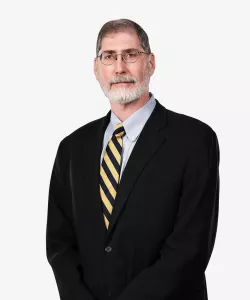The Charitable Trust Doctrine: Application to Unrestricted Gifts
American Bar Association
At common law, assets held by charitable nonprofit organizations are generally understood to be held by such organizations in trust for public benefit. See A. Curreri, Charitable Trusts Definitions and History—Purpose—Beneficiaries—Cy Pres Doctrine, 9 St. John’s L. Rev. 114 (Dec. 1934).
This principle, called the “Charitable Trust Doctrine,” is mirrored in the Internal Revenue Code’s prohibition on organizations recognized as public charities for tax purposes from using more than an insubstantial portion of their assets for private benefit. I.R.C. § 1.501(c)(3)-1(c)(i). Although this principle is broadly recognized throughout the United States (see Harold L. Kaplan, Patrick S. Coffey & Rosemary G. Feit, The Charitable Trust Doctrine: Lessons and Aftermath of Banner Health, 23 Am. Bankr. Inst. J., no. 4, May 2004, at 28), the extent of its reach in shielding assets from the claims of creditors is unclear.
Two areas associated with the application of the Charitable Trust Doctrine in particular remain unclear: First, does the Charitable Trust Doctrine shield only assets that are restricted (expressly by the donor or by implication) to a narrow or specific charitable purpose of a charitable nonprofit corporation or does it shield unrestricted assets as well; and second, if such shield is narrowly applied to only “restricted” assets, how is such shield to be applied to an asset that derives from both restricted gifts and unrestricted gifts?
In this article, we outline the Charitable Trust Doctrine generally and provide examples of how it raises concerns in certain real-world settings. We then survey case law attempting to apply the Charitable Trust Doctrine in both bankruptcy and nonbankruptcy settings. Finally, we survey case law attempting to apply the Charitable Trust Doctrine to assets that derive from both restricted and unrestricted sources and suggest some (tentative) conclusions and suggestions for practitioners.
Read the full article here.
Contacts
- Related Industries
